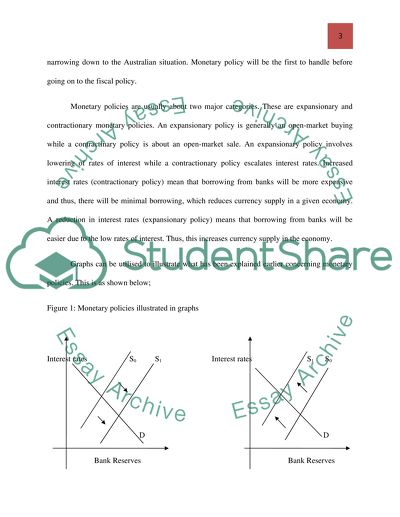Cite this document
(“Australian Economy Essay Example | Topics and Well Written Essays - 2000 words”, n.d.)
Retrieved de https://studentshare.org/macro-microeconomics/1392135-economics-for-business
Retrieved de https://studentshare.org/macro-microeconomics/1392135-economics-for-business
(Australian Economy Essay Example | Topics and Well Written Essays - 2000 Words)
https://studentshare.org/macro-microeconomics/1392135-economics-for-business.
https://studentshare.org/macro-microeconomics/1392135-economics-for-business.
“Australian Economy Essay Example | Topics and Well Written Essays - 2000 Words”, n.d. https://studentshare.org/macro-microeconomics/1392135-economics-for-business.


